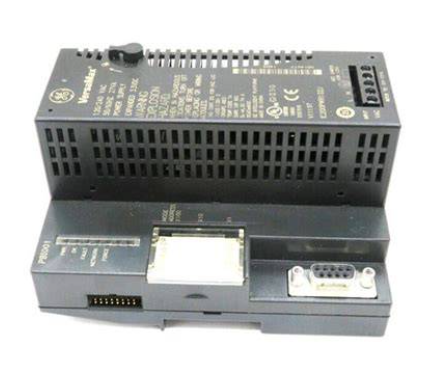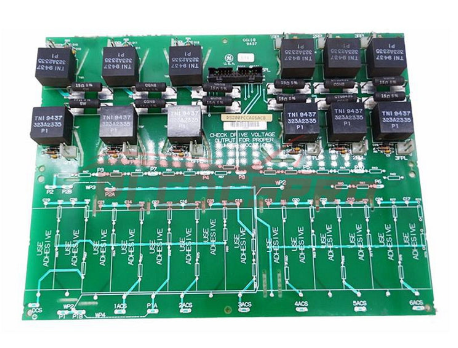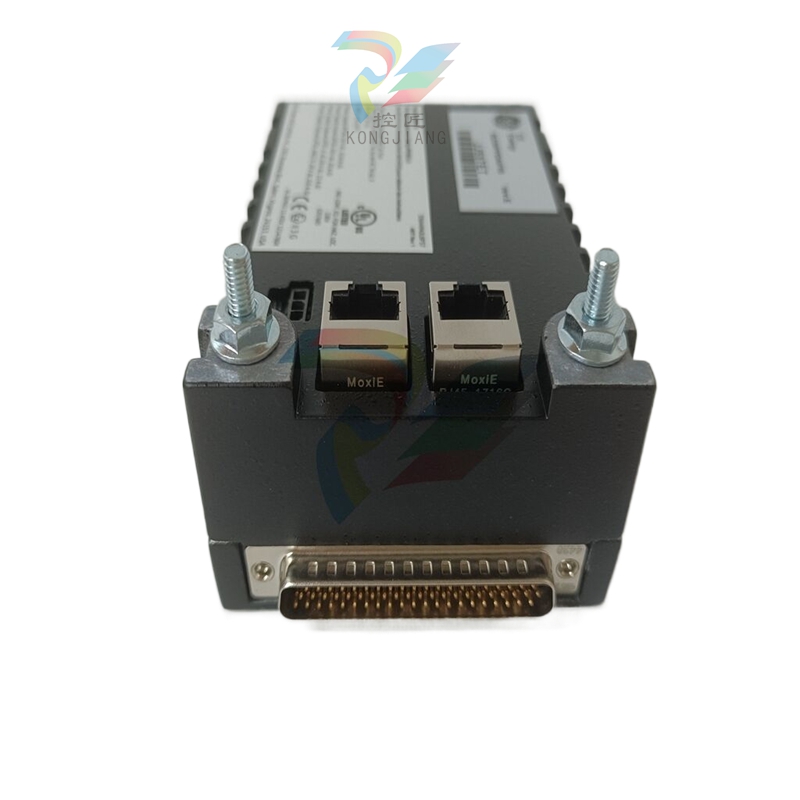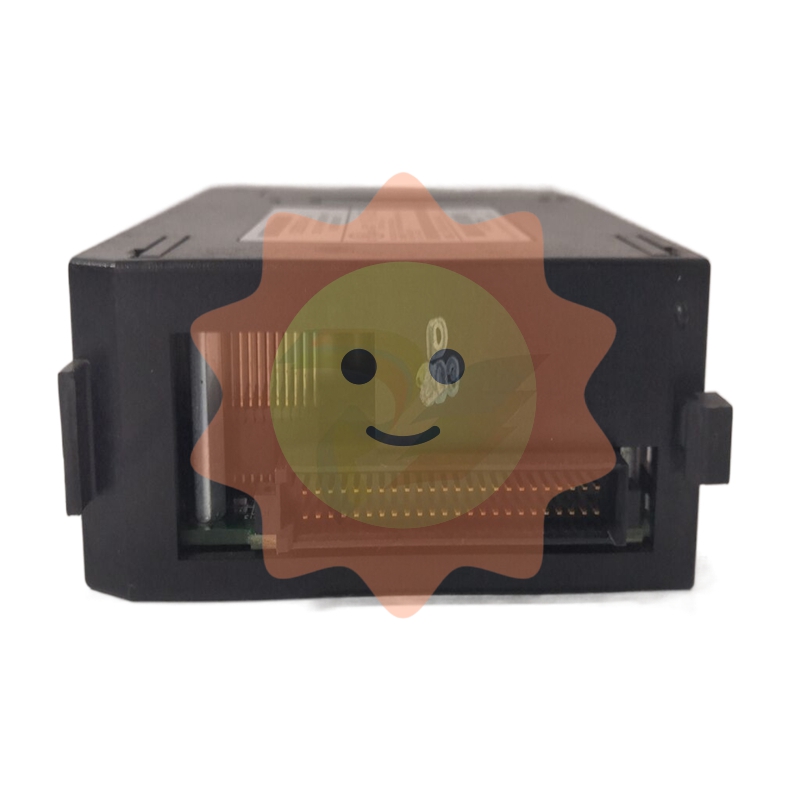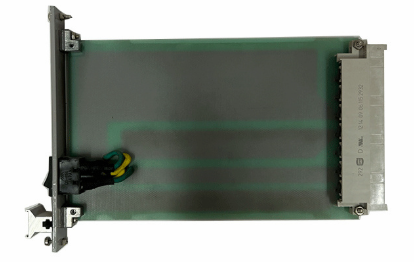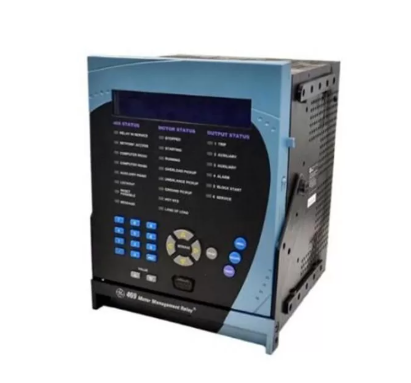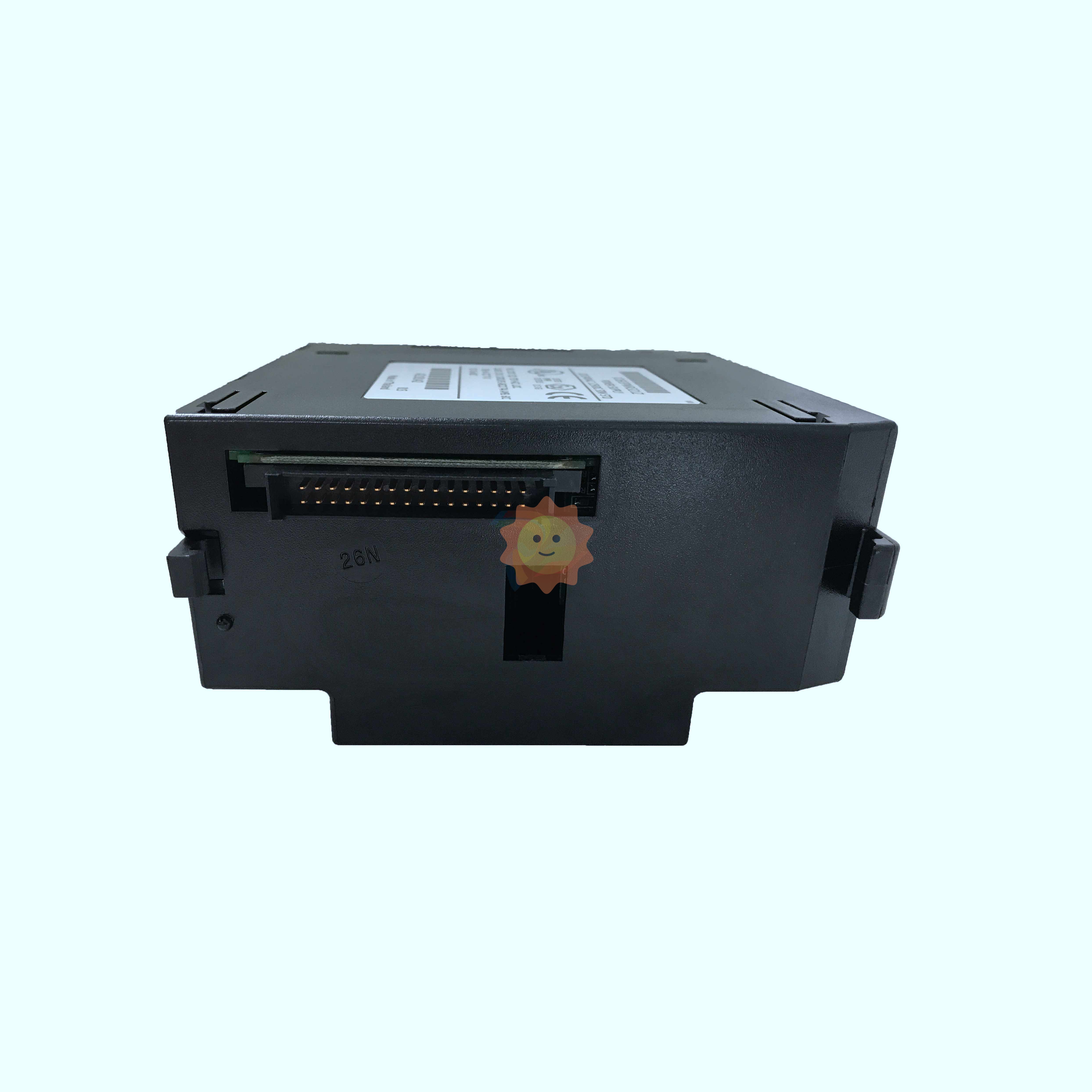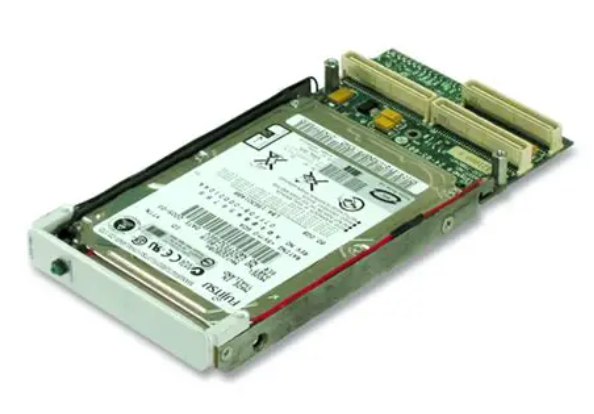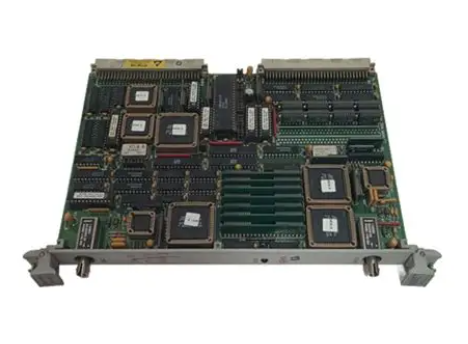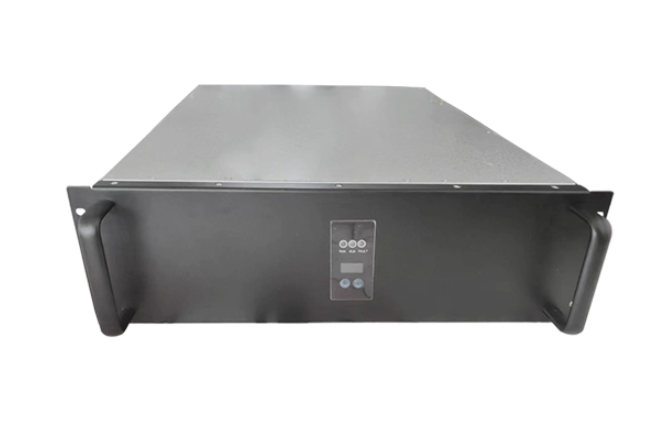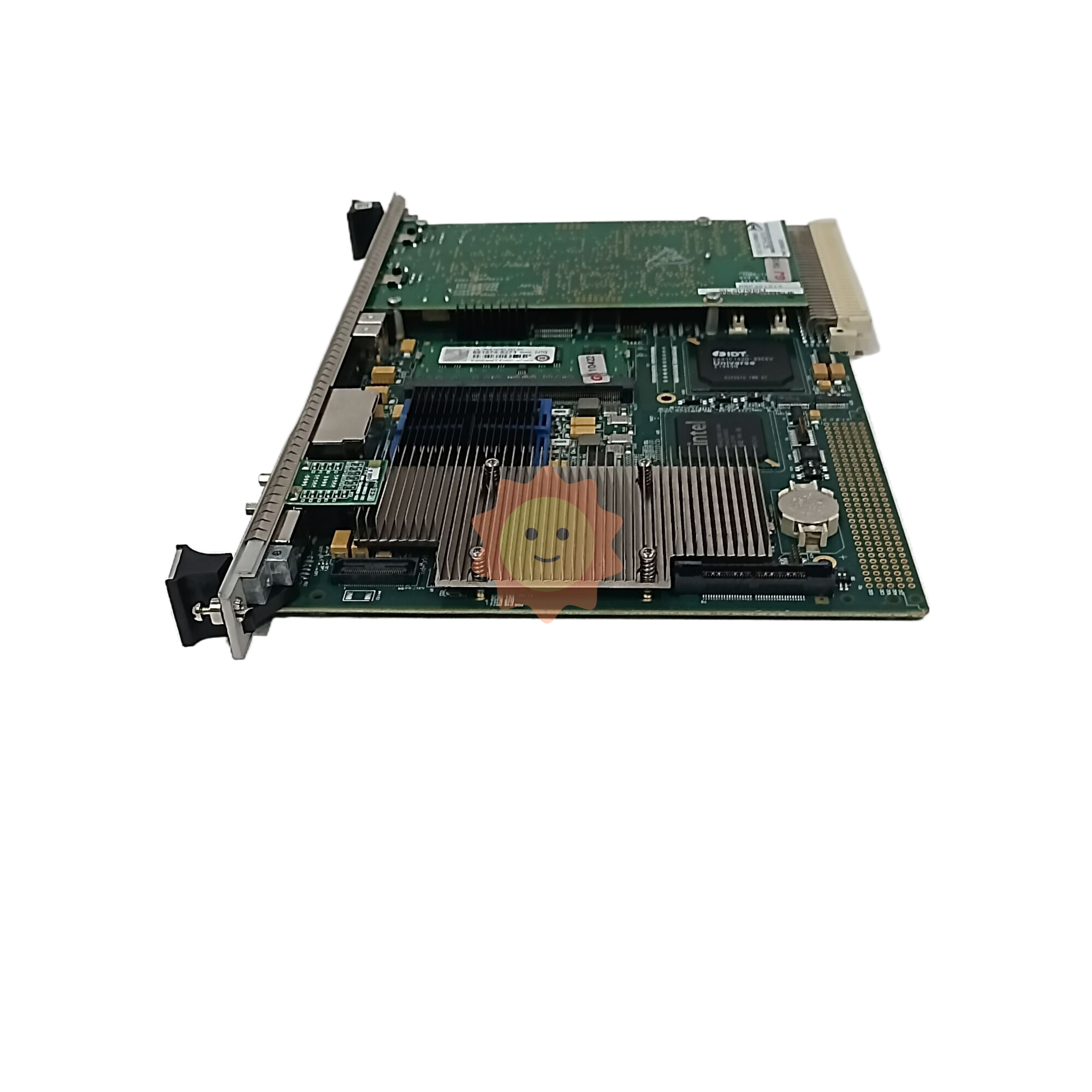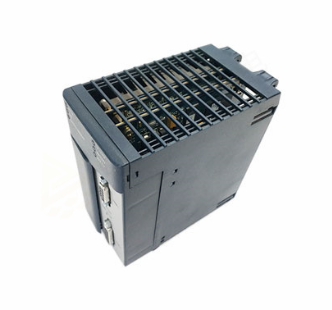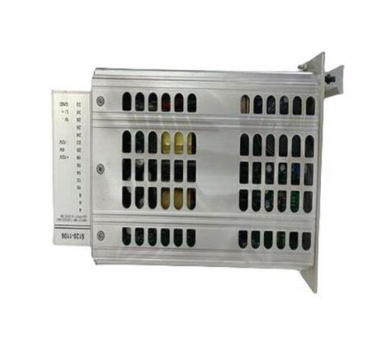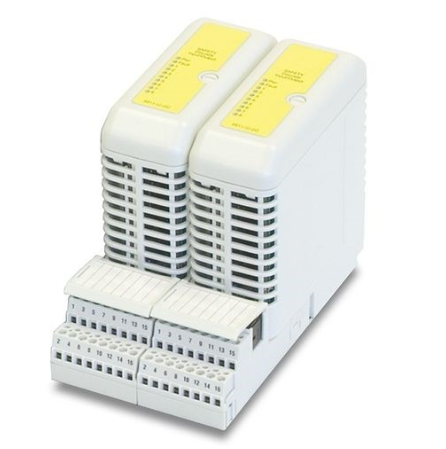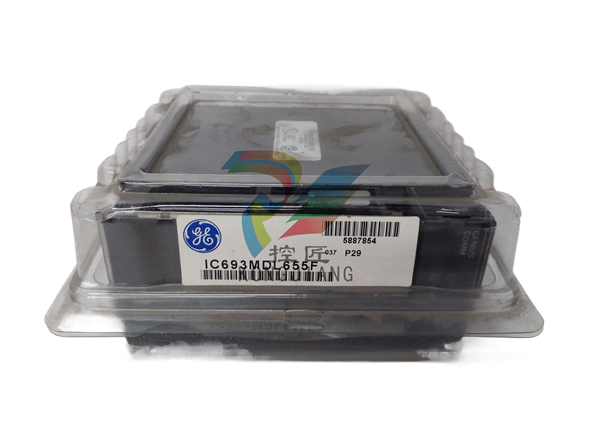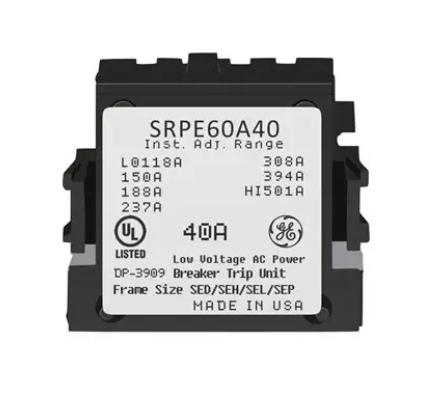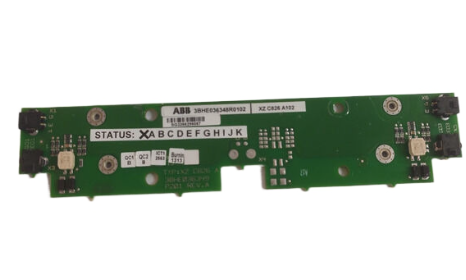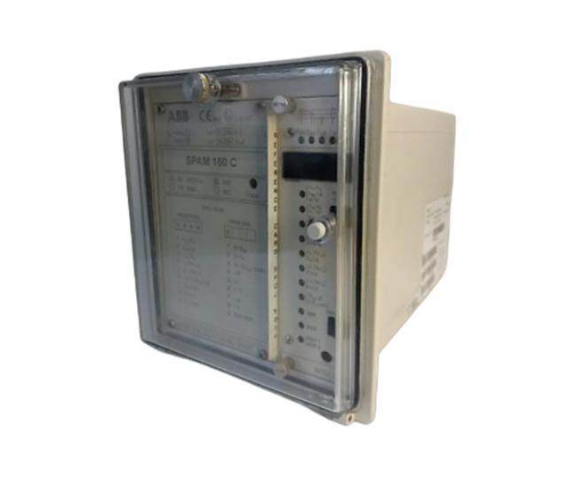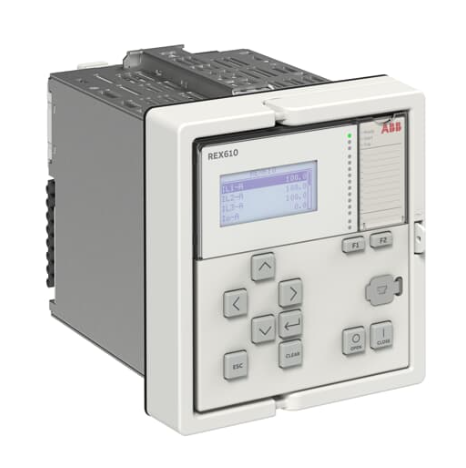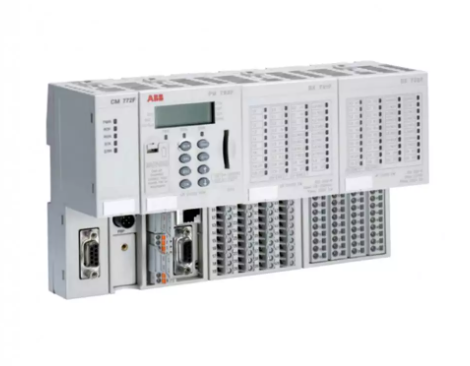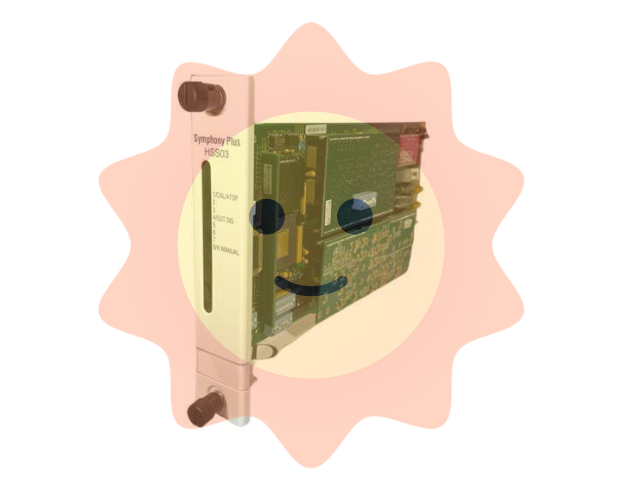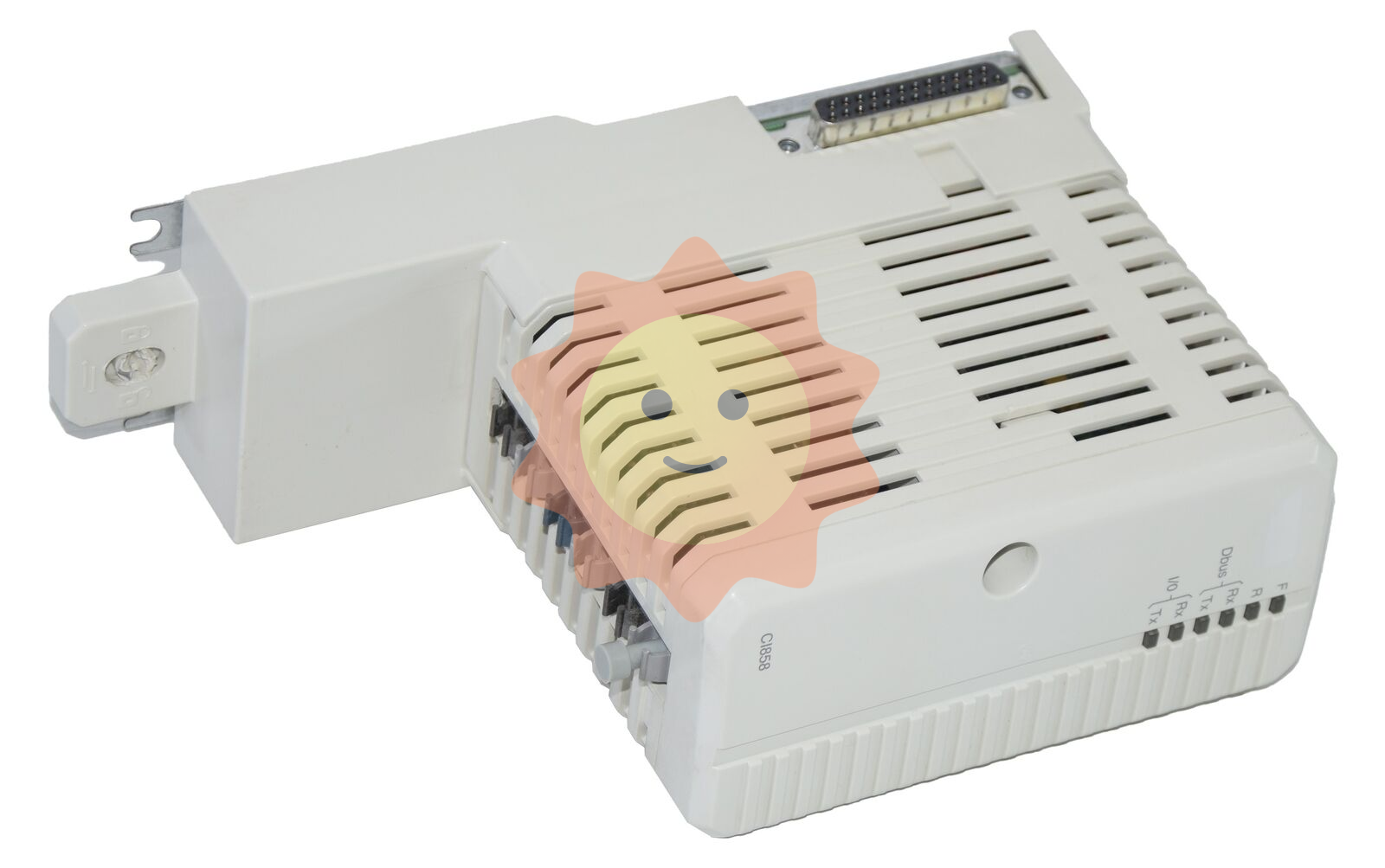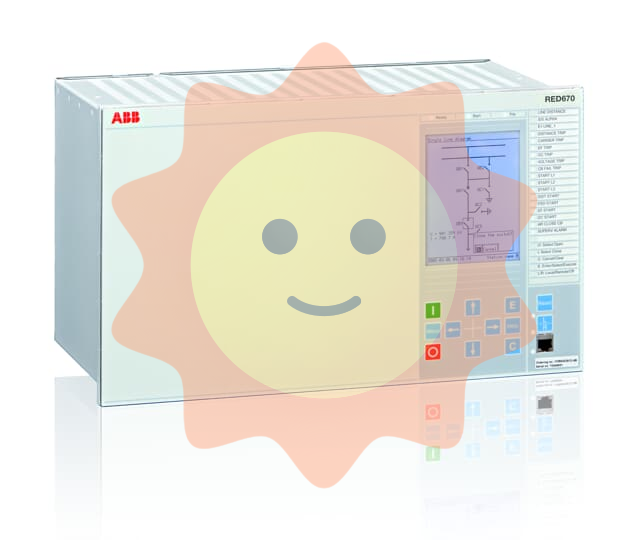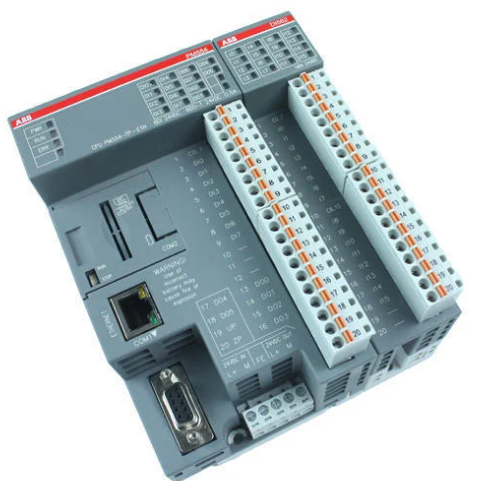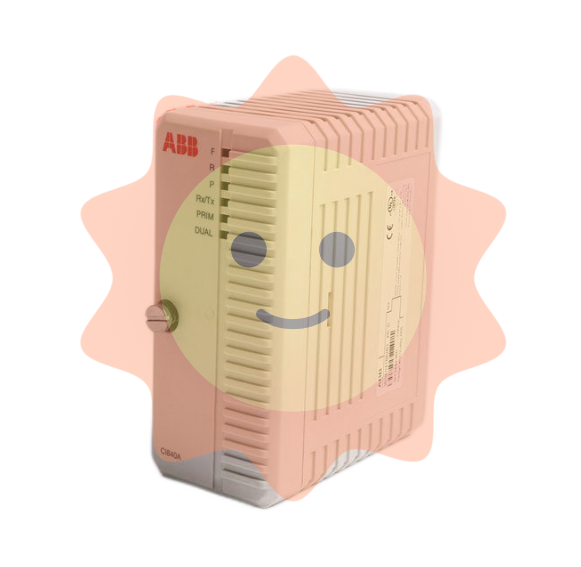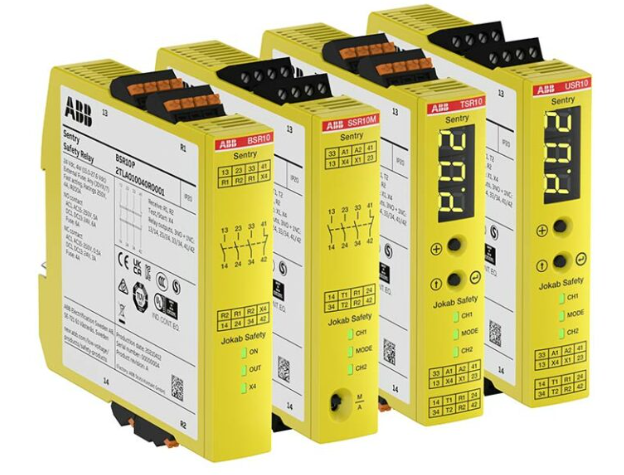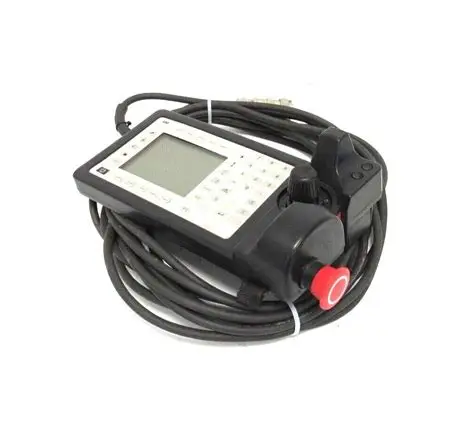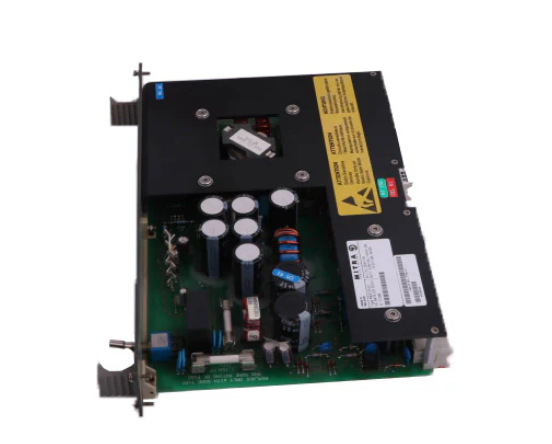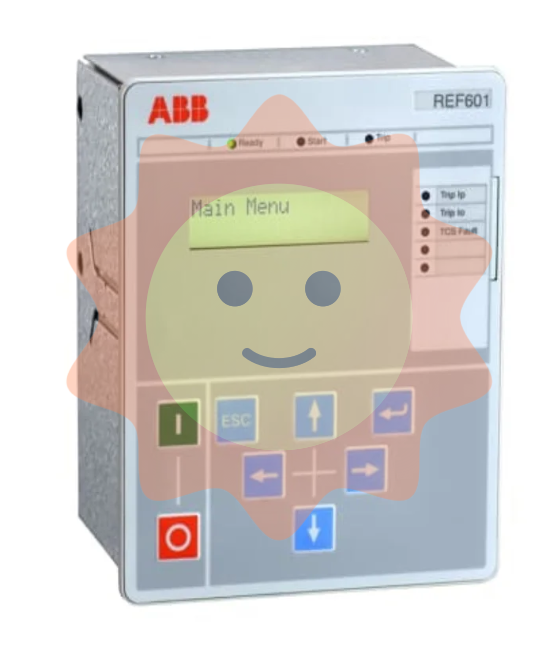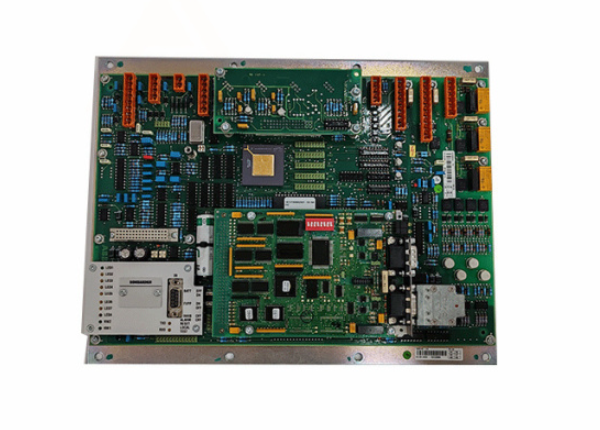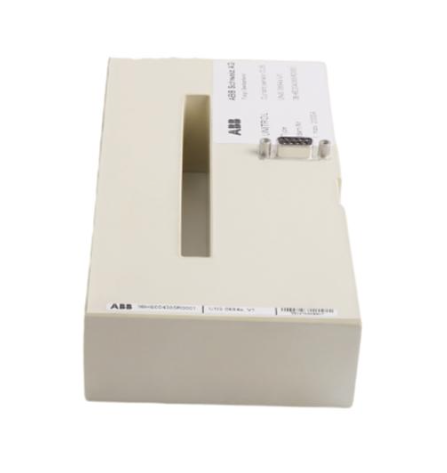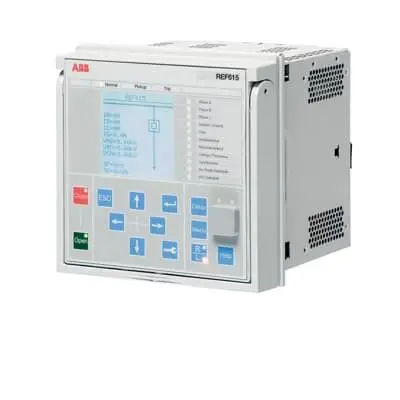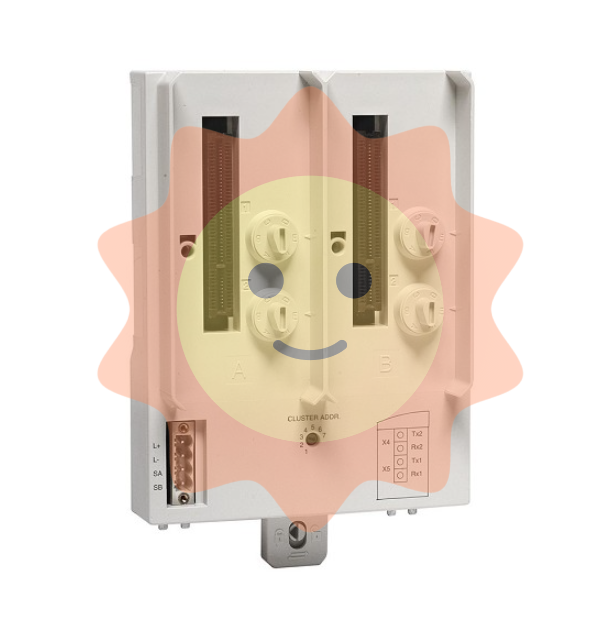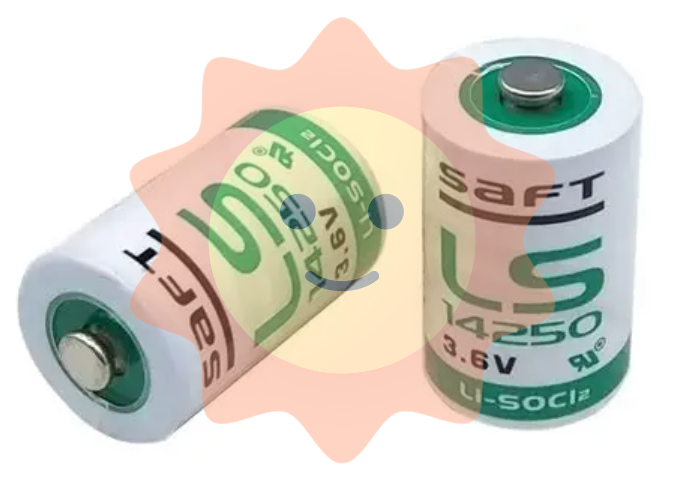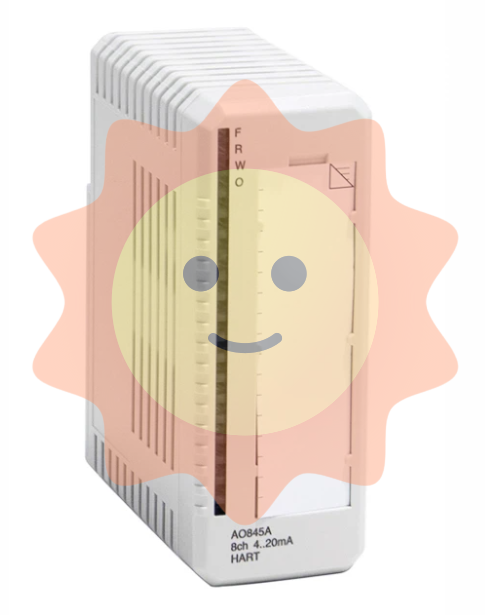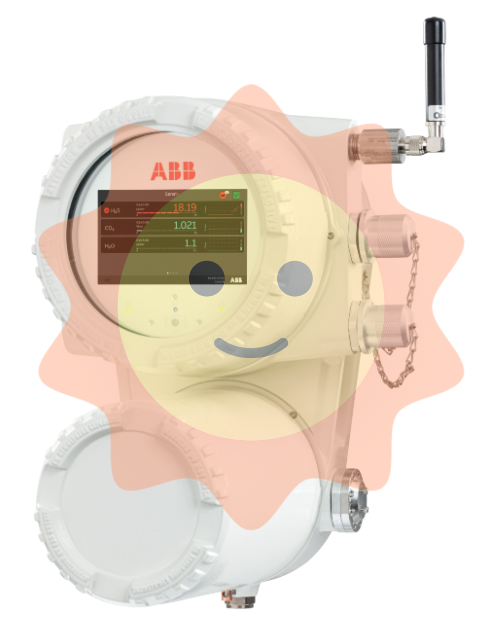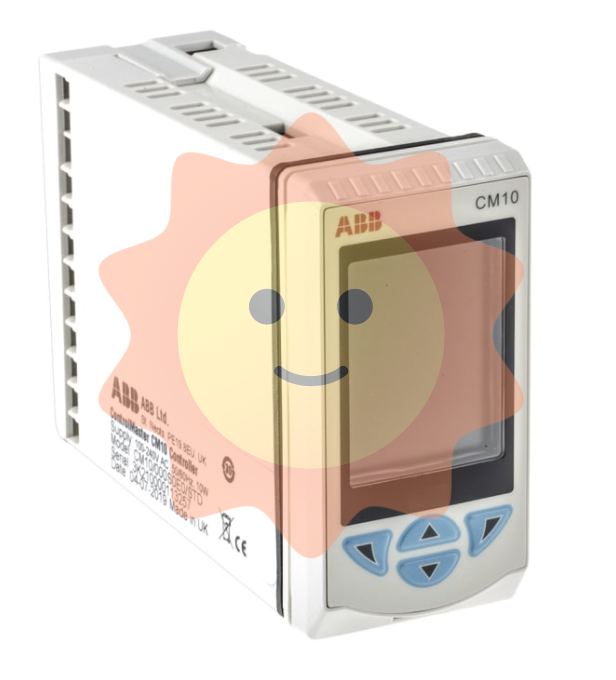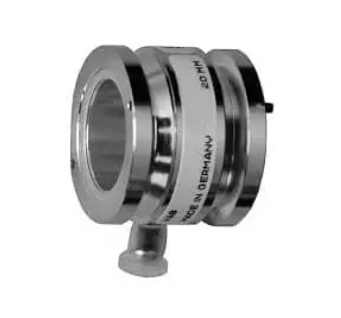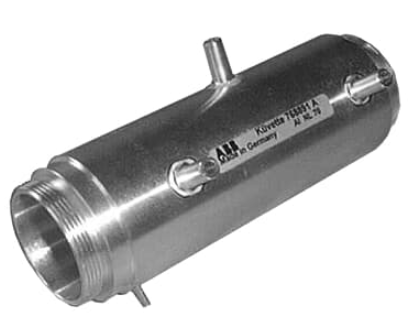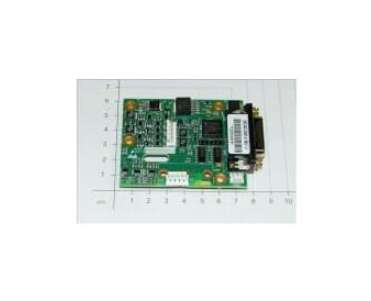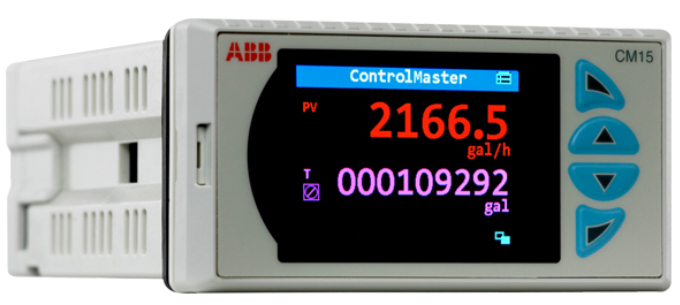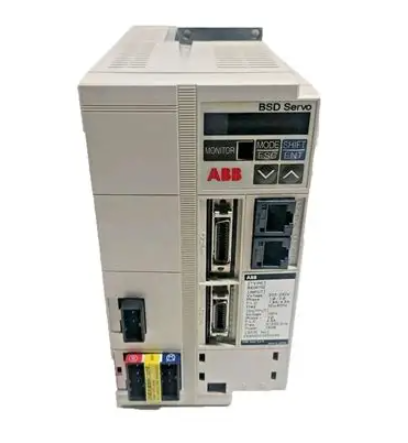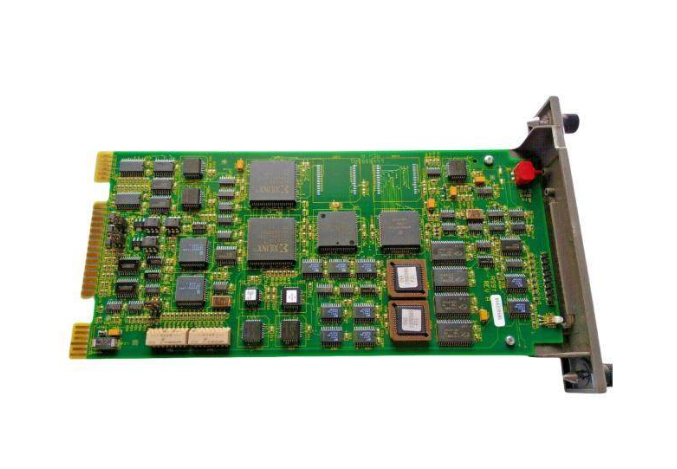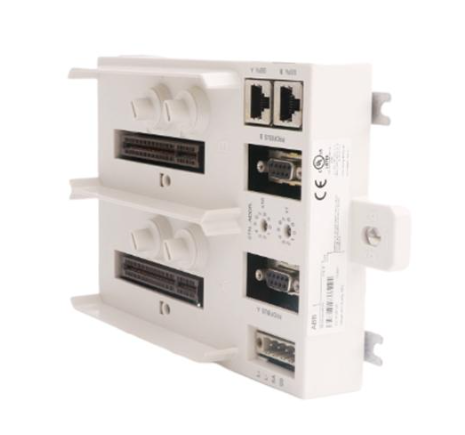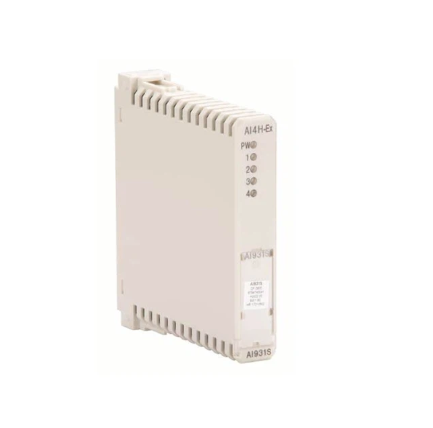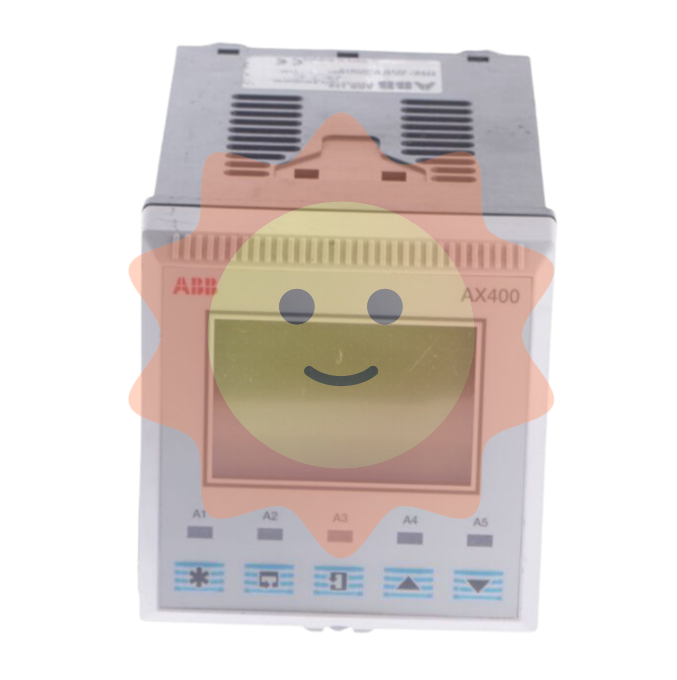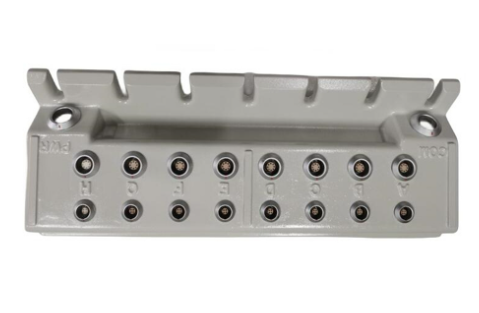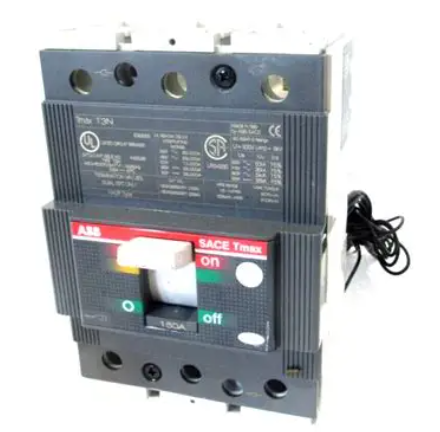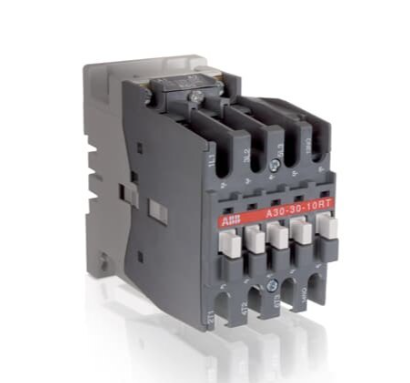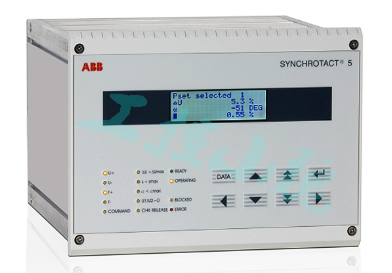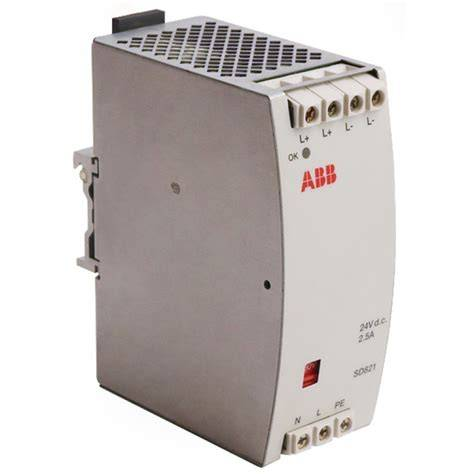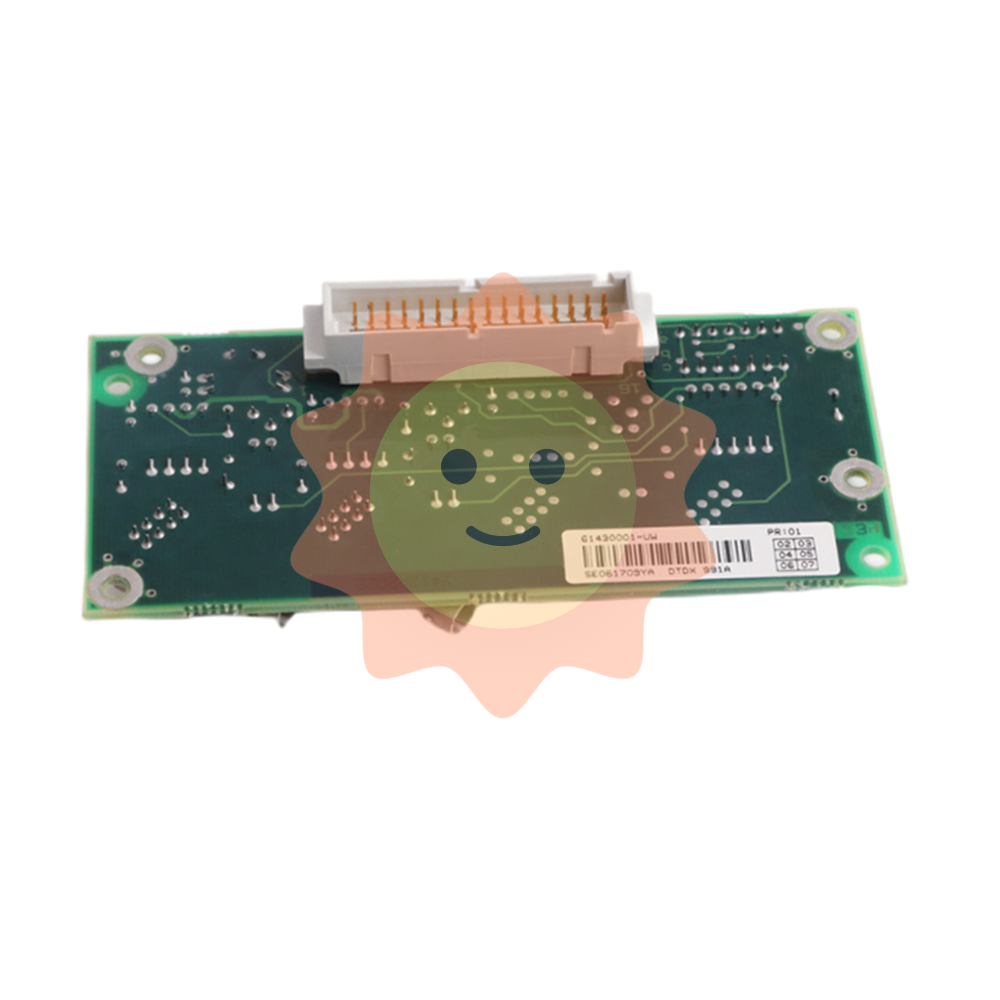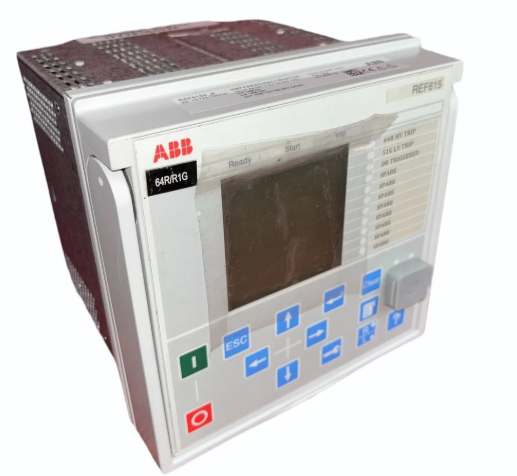Principle and efficiency of microbial fuel cell power generation
summarize
Early microbial fuel cells mainly used microbial fermentation products as battery fuel to generate electricity. Potter, a British botanist, was the first to carry out this research. He experimented with yeast and E. coli and found that microorganisms could generate electricity.
principle
Microbial fuel cell refers to a device that converts chemical energy into electrical energy under the catalysis of microorganisms.
sort
The microbial fuel cell consists of two cathode cells and two anode cells separated by a proton exchange membrane. This kind of microbial fuel cell is called a two-compartment microbial fuel cell, and the unseparated microbial fuel cell is called a single-compartment microbial fuel cell. According to the different modes of electron transfer, micro-biofuel cells can be divided into direct microbial fuel cells and indirect micro-biofuel cells.
Indirect microbial fuel cells
Principle: The working principle of indirect biofuel cells is to use pollutants as substrates, which are oxidized under the action of microbial extracellular enzymes, and converted into electrons transferred to electrodes through the oxygenation and reduction process of intermediaries.
Requirements for acting as an intermediary:
Easy passage through the cell wall;
Easy access to electrons from electron acceptors on cell membranes;
Electrode reaction is fast;
Good solubility, stability, etc.
Non-toxic to microorganisms;
Can't be microbial food.

For example, in recent years, the research on finding efficient microbial catalysts has gradually become a hot spot in the research of microbial fuel cells. In theory, a variety of microorganisms may be used as catalysts for biofuel cells, often using Escherichia coli, common variant bacillus (Proteusvulgaris) and so on.
Direct microbial fuel cells
Features:
A variety of organic and inorganic substances can be used as fuels, and even the pollutants in sewage can be used as fuels.
It can work in normal temperature, normal pressure and near-neutral environment, with low maintenance cost and strong operation safety;
In the application can purify pollutants and convert them into useful substances, can achieve zero emissions;
Microbial fuel cells can also convert substrates directly into electrical energy, which has a high resource utilization rate.
Eliminate no secondary pollution, achieve a low-carbon economy, the environment and the real sustainable development of the economy.
Effects of electrodes on microbial activation in direct microbial fuel cells
In direct microbial fuel cells, a very important factor affecting the electron transfer rate is the electrode composition of the cathode and anode, so people can improve the performance of micro-bio-fuel cells by improving the cathode and anode materials and changing the electrode surface area.
Anode: The anode of the microbial fuel cell is mainly made of carbon as a substrate, including carbon paper, carbon cloth, graphite sheets (rods), carbon felt and graphite foam. At present, researchers have studied the differences between various materials and the effects of various anode characteristics on battery performance. In these studies, two-compartment microbial fuel cell experimental equipment was used.
The effects of pore volume, surface area, pore size distribution, surface roughness and surface potential on the electrical performance of anode were investigated by selecting specific anode materials.
Thin carbon paper, thick carbon paper, carbon felt: carbon felt has the lowest internal resistance, the highest biomass, that is, the highest maximum output power; Thin carbon paper has the highest internal resistance, the lowest biomass and the lowest corresponding maximum output power.
When investigating the effect of surface roughness on the electrical production performance of microbial fuel cells, the same graphite electrode was polished with 2000 mesh and 150 mesh sandpaper respectively. After grinding, the surface particle size of the two electrodes was 7.5 million and 100pm, respectively. Two batteries of E. The change over time is shown as follows:
In order to further confirm the influence of anode material surface potential on microbial electricity generation, 3 microbial fuel cells were run continuously for 5d under different initial potential. The changes of anode potential over time are shown in the figure below:
Positive potential applied to the anode can affect the adhesion rate of microorganisms
Proton exchange membrane
In microbial fuel cells in the anode chamber and cathode chamber (or cathode), usually need to be physically separated, the separation materials currently used are proton membrane, salt bridge, glass beads, glass fiber and carbon paper, which salt bridge, glass beads and glass fiber, proton membrane is a choice of permeable membrane, with good proton conductivity. At the same time, it can prevent the oxygen in the cathode chamber from being transferred to the anode chamber, and ensure that the anode chamber maintains an anoxic state.
Intermediates and catalytic microorganisms for direct microbial fuel cells
In different types of microbial fuel cells, the bioelectrode mediator and the main catalytic microorganism, as well as the electron transfer pathways and electron acceptors involved.
In most studies, the microbial fuel anode is attached to the air cathode.
The voltage is calculated by Ohm's law.
The surface area of the anode is its geometric area.
Open circuit measurement.
Short circuit measurement.

Flow field and fluid dynamics of direct microbial fuel cells
In the direct microbial fuel cell, the cathode chamber and the anode chamber constitute two different flow fields, which provide a place for microbial growth, reproduction and catalysis, while the microbial fuel cell also uses the battery electrode to replace the original natural electron acceptor of the microorganism, through the continuous transfer of electrons to generate electricity.
The electrons generated by the microbial oxidized fuel are transferred to the anode through the cell membrane associated group or through the REDOX mediator and then transferred to the cathode through the external circuit. In the cathode region electrons reduce electron acceptors (such as oxygen) and then combine with protons transferred through the proton exchange membrane to form water
Flow field: During the entire process of using organic matter to generate electricity in microbial fuel cells, biocatalytic particles or microorganisms constantly move in the flow field, accelerating the rapid renewal of reaction particles on the electrode surface and promoting the transfer of electrons on the anode surface.
Structure, design and assembly of direct microbial fuel cells
The structural design and assembly of direct microbial fuel cells is the key to their application. Microbial fuel cells are generally divided into two categories: one cell type and two cell type. The two-compartment microbial fuel cell is widely used, which has an anode chamber and a cathode chamber.
Separator materials: At present, the separator materials used by microbial fuel cells are mainly: proton membrane, salt bridge, glass beads, glass fiber and carbon paper, etc., and proton membrane is widely used. At present, the commonly used carbon paper is Taiwan carbon energy brand.
In terms of diaphragm materials, the structure of two-compartment microbial fuel cells is complex, and the mass transfer resistance of one-compartment microbial fuel cells is less than that of two-compartment microbial fuel cells because of the omission of cathode chamber. Attempts have been made to hot-press the cathode and the proton membrane together to reduce the resistance of proton transfer in the cathode chamber. The surface of carbon cloth electrode is coated or sprayed with proton exchange resin to make cathode - proton film type and anode - proton film - cathode type microbial fuel cell electrode.
Research battery materials should be considered
The problems of biological reaction system, as mentioned above, mainly involve the electrical production performance of microorganisms, media engineering, and the electron transfer path in the process of microbial degradation of organic and inorganic pollutants, which affect the performance of microbial system;
The relationship between the structure of the microbial fuel cell itself and the pollutant treatment capacity and the material properties of the microbial fuel cell.
Cathode materials: The commonly used cathode materials for microbial fuel cells are carbon paper, carbon cloth and carbon yarn, graphite, graphite plate and graphite rod. Recent research and development of new materials are often based on the above mentioned materials to improve.
Anode materials: Unlike the typical anode reactions used in chemical fuel cells, microbial fuel cells have a more complex reaction on the anode due to the involvement of microorganisms and chemicals. Therefore, the anode material must also have good biological adaptability, excellent electrical conductivity, corrosion resistance, high specific surface area and high porosity.
Diaphragm material: In laboratory scale microbial fuel cell experiments, well-known membranes, such as proton exchange membrane (Nation-liT), cation exchange membrane (CEM-1-UltrexTM CMI7000), anion exchange membrane (Fumasep FAD), bipolar membrane (Fumasep FBM), etc. But in practice, some membranes without electrical properties, such as microfiltration membranes, have also been introduced as an option for microbial fuel cell research.

Model calculation of microbial fuel cell
Based on the Monod equation, the anode chamber can be regarded as a microbial reactor. Using the theory of microbial electrochemistry, the relationships among parameters of matrix degradation, microbial growth and power generation capacity can be expressed by mathematical models.
In the microbial fuel cell process system, the main problems existing in the application process control are as follows:
The reaction process of microbial fuel cell is complex. The whole processing process is composed of several operating units, in the same unit and a number of completely different reactions, including physicochemical and electrobiological reactions.
Many of the parameters that affect the characteristics of the system are difficult to control (such as instantaneous flow, organic input changes, toxic input and inlet temperature, etc.).
The system is highly dynamic and rarely operates in steady-state conditions, lacking a mathematical model that effectively and accurately describes the process dynamics.
The goal of the microbial fuel cell system is to both generate electricity and discharge sewage while meeting national contaminated water discharge standards.
Non-quantitative information.
From the control loop analysis, the conventional control strategy of microbial fuel cell is mainly to control the process variables of microbial fuel cell. Include the following points:
Feed flow control.
pH control. The proliferation and catalysis of microbial fuel cell inoculated bacteria have certain requirements on pH, and pH also affects the reaction speed, and the pH range of hydrogen production process is maintained at 3.8 ~ 4.5.
DO concentration control. The control of dissolved oxygen in the cathode is very important.
F/M control. When F/M is too low, the production rate of bacteria will decrease, the bacterial age will increase, and the system is susceptible to the peak effect of organic matter.
Biosensor: The microbial fuel cell type BOD sensor was used to sample and measure the sewage respectively, and the experimental results showed that the BOD value of the sewage sample could be successfully measured, and the deviation range was 3% ~ 10% compared with the traditional method.
Pollution control: Microbial fuel cells can treat living wastewater, such as living sewage or glucose in the anode chamber of the single-chamber microbial fuel cell, and the bacteria in the sewage are used as biocatalysts. o When the battery uses domestic sewage (COD of 200 ~ 300 mg/L) as fuel, after 140h continuous operation, When the maximum voltage is 0.32V, the COD value of the treated sewage is reduced by more than 50%.
- EMERSON
- Honeywell
- CTI
- Rolls-Royce
- General Electric
- Woodward
- Yaskawa
- xYCOM
- Motorola
- Siemens
- Rockwell
- ABB
- B&R
- HIMA
- Construction site
- electricity
- Automobile market
- PLC
- DCS
- Motor drivers
- VSD
- Implications
- cement
- CO2
- CEM
- methane
- Artificial intelligence
- Titanic
- Solar energy
- Hydrogen fuel cell
- Hydrogen and fuel cells
- Hydrogen and oxygen fuel cells
- tyre
- Chemical fiber
- dynamo
- corpuscle
- Pulp and paper
- printing
- fossil
- FANUC
- Food and beverage
- Life science
- Sewage treatment
- Personal care
- electricity
- boats
- infrastructure
- Automobile industry
- metallurgy
- Nuclear power generation
- Geothermal power generation
- Water and wastewater
- Infrastructure construction
- Mine hazard
- steel
- papermaking
- Natural gas industry
- Infrastructure construction
- Power and energy
- Rubber and plastic
- Renewable energy
- pharmacy
- mining
- Plastic industry
- Schneider
- Kongsberg
- NI
- Wind energy
- International petroleum
- International new energy network
- gas
- WATLOW
- ProSoft
- SEW
- wind
- ADVANCED
- Reliance
- YOKOGAWA
- TRICONEX
- FOXBORO
- METSO
- MAN
- Advantest
- ADVANCED
- ALSTOM
- Control Wave
- AB
- AMAT
- STUDER
- KONGSBERG
- MOTOROLA
- DANAHER MOTION
- Bently
- Galil
- EATON
- MOLEX
- Triconex
- DEIF
- B&W
- ZYGO
- Aerotech
- DANFOSS
- KOLLMORGEN
- Beijer
- Endress+Hauser
- MOOG
- KB
- Moxa
- Rexroth
- YAMAHA
- Johnson
- Westinghouse
- WAGO
- TOSHIBA
- TEKTRONIX


Email:wang@kongjiangauto.com


